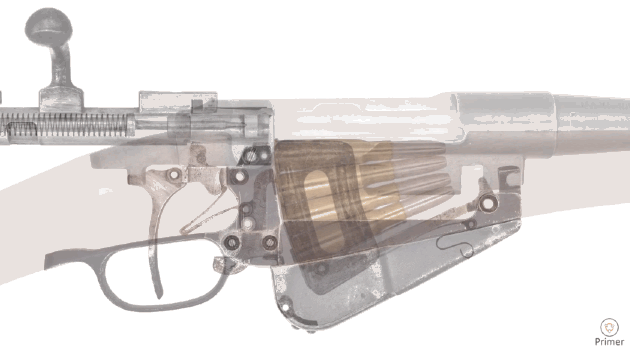I began the year with three beautiful bolt action rifles: two rebarreled Remington 700s in 270 Winchester and 30-06 Springfield, and a Tikka T3X in 6.5 Creedmoor.
They each shoot factory ammunition well and excel with handloads, and all three fit me like a glove. Between them, they could handle almost any reasonable shooting application.
My 6.5 Creedmoor and 270 Win (the latter rebarreled with a faster-twist offering) sufficed for light-to-medium hunting and target duty.
The 270 (with the 170 grain bullets made possible by the faster barrel twist) and 30-06 between them covered heavier projectile requirements.
However, there comes a time when one must abandon old ways and embrace the new.
Continue reading










